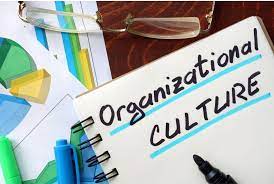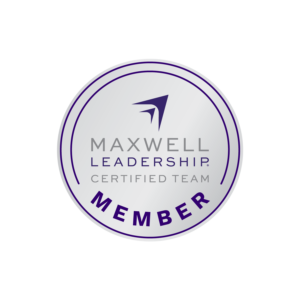
The quality of a leader is reflected in the standards they set for themselves. – Ray Kroc
This past weekend concluded the regular season of the 2024 PGA season. In the final round, Sahith Theegala took a two-stroke penalty for brushing the sand.
What made this interesting was that he called the penalty on himself. Not a PGA official, not another player, or a fan. Theegala called the two-stroke penalty on himself. By doing so, he finished the round in third place instead of finishing in a tie for second place.
Golf legend Tom Watson said, “Golf is a game of ego, but it is also a game of integrity: the most important thing is you do what is right when no one else is looking.” Theegala’s self-imposed penalty cost him $2.5 million in prize money.
While he lost a substantial sum of money for his actions, in the process he didn’t lose or sell out his integrity.
Leadership expert John Maxwell said, “You build trust with others each time you choose integrity over image, truth over convenience, or honor over personal gain.” His observation is a great reminder of why integrity is such an important part of the DNA of a leader.
As you contemplate the importance of your integrity as a leader, consider these questions for reflection.
Am I the same person in private as I am in public?
As a leader, our actions must be as consistent in private as they are in public. The same leader you see in the coffee shop ought to be the same person in the boardroom. Integrity is not situational as much as it is relational.
Am I making ethical decisions, even when no one will find out if I wasn’t?
Theegala knew the decision he had to make. No one was calling him out on it, there was no protesting the decision – he knew the right thing to do and acted upon it. Our ethics are grounded in our integrity. Who you are when no one is looking says more about your character than when all eyes are upon you.
Am I honorable in the way that I treat others?
Treating people with honor, respect, and integrity is a great qualifier in leadership. It’s living out the Golden Rule of friendship. Your integrity as a leader is not confined to your actions but also your behavior.
Am I clear about my values?
Roy Disney said, “It’s not hard to make decisions when you know what your values are.” And this is why integrity is so important. Integrity gives you clarity in times of uncertainty and is your guidepost when others are wavering. Click To Tweet
Final Thoughts
Sahith Theegala gave us a lesson in the power of integrity with his actions on the golf course. It was a great reminder that our integrity is not for sale, and doing the right thing even when no one is watching is still an honorable thing to do. Strive to be a leader that values integrity not just in your words, but also in your actions.
©2024 Doug Dickerson



 If you were to pause and look around at those closest to you in your circle- your friends and colleagues, how many would you say are living their best life as they swim downstream? These are unquestionably good people but are in a downstream current with no thought of where it’s taking them.
If you were to pause and look around at those closest to you in your circle- your friends and colleagues, how many would you say are living their best life as they swim downstream? These are unquestionably good people but are in a downstream current with no thought of where it’s taking them. 








